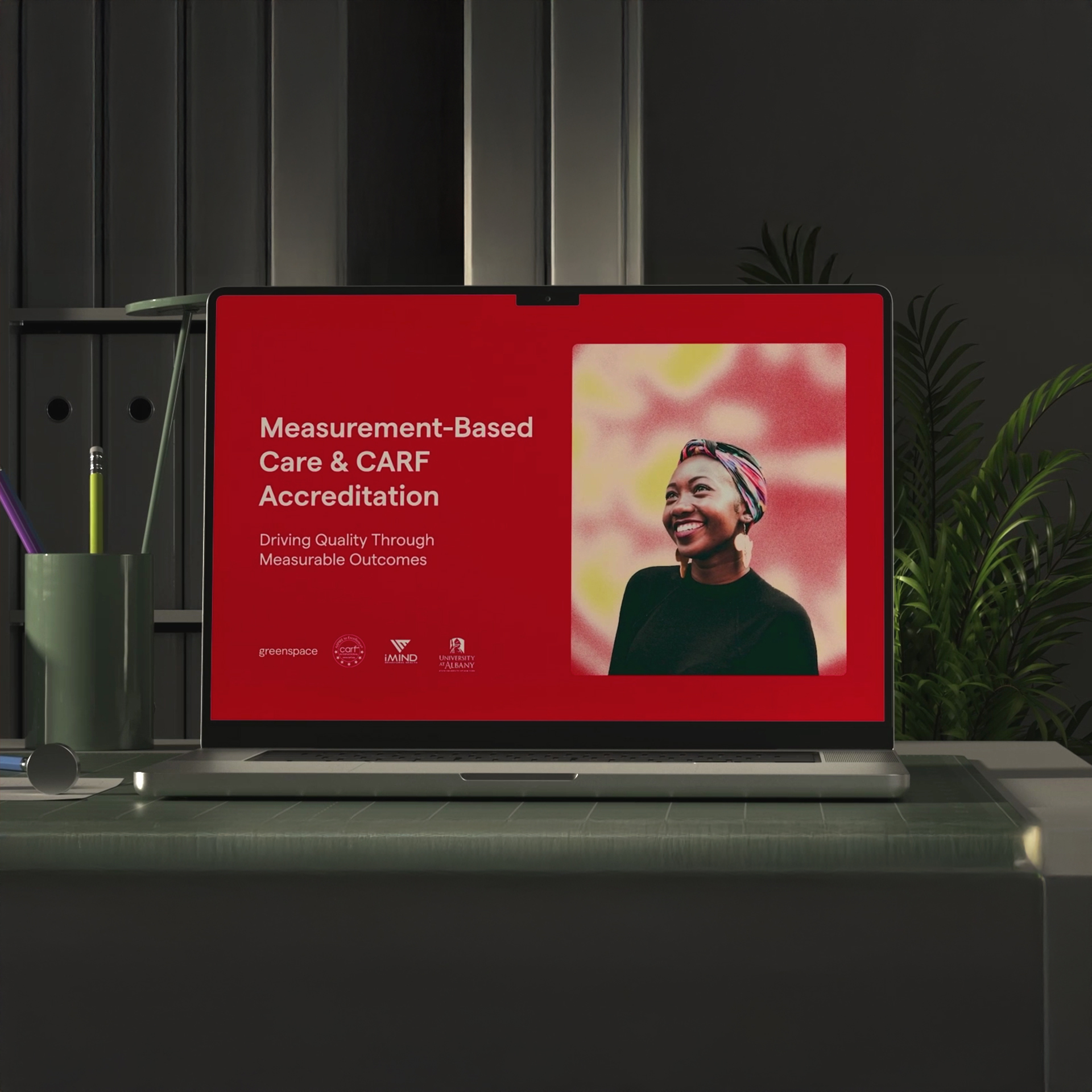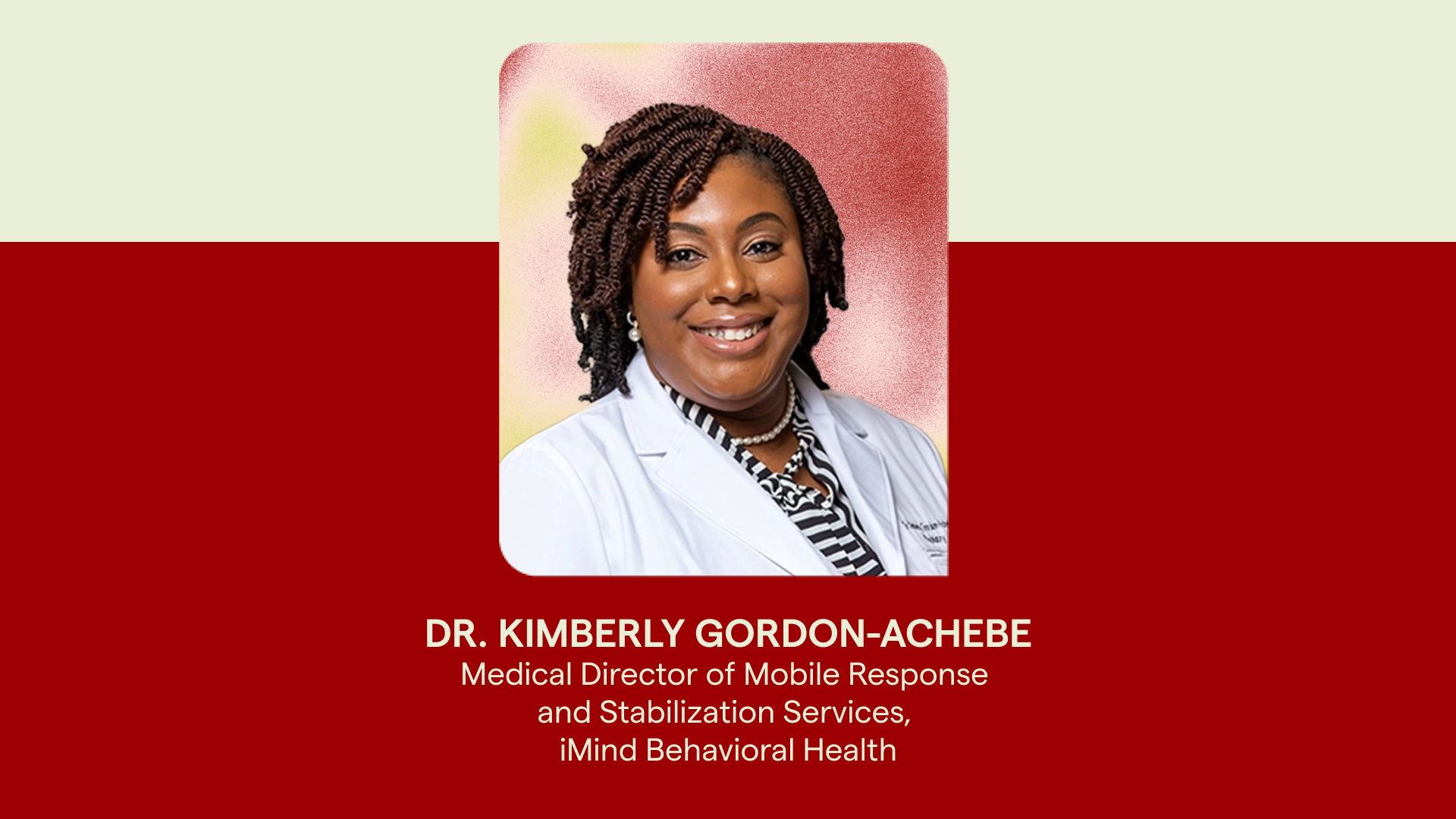
Measurement-based Care (MBC) is a tool often overlooked in mental and behavioural health, yet very rarely overlooked in any other areas of medicine. Mental health has lagged far behind other areas of medicine around the use of data to inform clinical decisions and client engagement. When diagnosing and tracking client progress, it seems more difficult to capture practical quantitative data on a client compared to physical health. However, research has clearly outlined a model for measuring care that generates meaningful objective data and is effective. It involves the consistent use of standardized assessments – often referred to as patient reported outcome measures (PROMS).
Research shows that simply measuring effectively (without changing any programming or treatment protocol) has a major impact on treatment outcomes and success. This includes a 42% higher level of symptom change and a 40% reduction in dropout rates.
However, not all measurement is created equally. There are infinite ways in which an organization can implement a process for collecting PROMS, however not all of these models will positively impact client care. It is important to define what the research identifies as “effective measurement”, as this plays a significant role in generating positive outcomes in mental and behavioural healthcare, as highlighted above.
For example, having a client dealing with anxiety complete the GAD-7 assessment every 2 weeks will paint a much clearer picture of their progress in comparison to measuring their symptoms at only the start of treatment or discharge. As well, the data collected throughout care can be used to inform discussions with the client and further engage them in their own care.
When surveying clinics across North America, the most common model for measurement that our team encounters is a Pre/Post model. This involves each patient completing a PROM at the beginning and end of treatment. This, in theory, is the simplest way of collecting aggregate data on program outcomes. However, it does not actually make measurement a part the clinical conversation or decision-making. As a result, it is not going to have any impact on client outcomes or engagement. So what does effective measurement look like?
The Three Pillars of Effective Measurement
There are three core components of MBC that research shows need to be in place in order for measurement to be successful:
- Consistent assessment completion;
- Customized assessments, and
- Visibility for clients.
1.Consistent Completion
This refers to clients receiving and completing clinically validated assessments to track their progress on a consistent basis. This means that assessments are completed throughout treatment, as opposed to only at intake and discharge. This leads to measurement becoming part of the clinical process and discussion – making care more relevant and engaging for clients. It also generates important information for clinicians (and clinics), to help inform clinical decisions and quickly identify changes in symptoms or a lack of progress.
2.Customized Assessments
The assessments chosen for clients need to be tailored to each client’s presenting issues and symptoms (ie. Completing the PHQ-9 for depression). The information generated from these assessments will be more useful and relevant to both parties, in comparison to a general assessment that does not directly address a client’s concerns. This not only leads to more focused care for the client, but also more buy-in to the process from both the clinician and the client. Further, the data-set generated for an organization will be far more relevant, granular and informative.
For example, if a client is presenting with depression and social anxiety, it will make the most sense for them to regularly complete assessments targeting those areas. This could include the PHQ-9, the SPIN (Social Phobia Inventory) and the WAI (Working Alliance Inventory – tracking therapeutic alliance). At the organization level, it would now be easy to identify the programming or providers that have the most impact for clients presenting with social anxiety.
3.Visibility for Patients
It is vitally important that clients are able to have access to their own results, and a clear visualization of their progress throughout treatment. Research has demonstrated that visibility into treatment progress for clients actually has a greater impact on outcomes than providing visibility to clinicians (the most impact comes from providing visibility for both parties). Visibility into the treatment process increases client engagement in treatment as it provides them with a better understanding of their presenting issues and progress. It also allows clients to better understand their own mental health and how specific life events or habits may positively or negatively impact them. This represents a big shift from the traditional view of measurement as a data collection exercise.
Conclusion
When speaking with mental health professionals and organizations, many have highlighted that it can be challenging to implement a a model of Measurement-based Care that incorporates these three pillars of effective measurement. This is due to the significant manual effort involved in implementation, and the fear that this will take away from session-time. That is no longer the case, as Greenspace’s Measurement-based Care solution automates the process and makes measurement easy. We alleviate the burden associated with implementing an effective model of measurement for our clients, resulting in a dramatic impact on client treatment outcomes and engagement.
If you’re interested in learning more about Measurement-based Care or how other organizations have used Greenspace to transform their measurement process and improve clinical outcomes, you can book a call with one our our implementation experts or send us an email at info@greenspacehealth.com.












